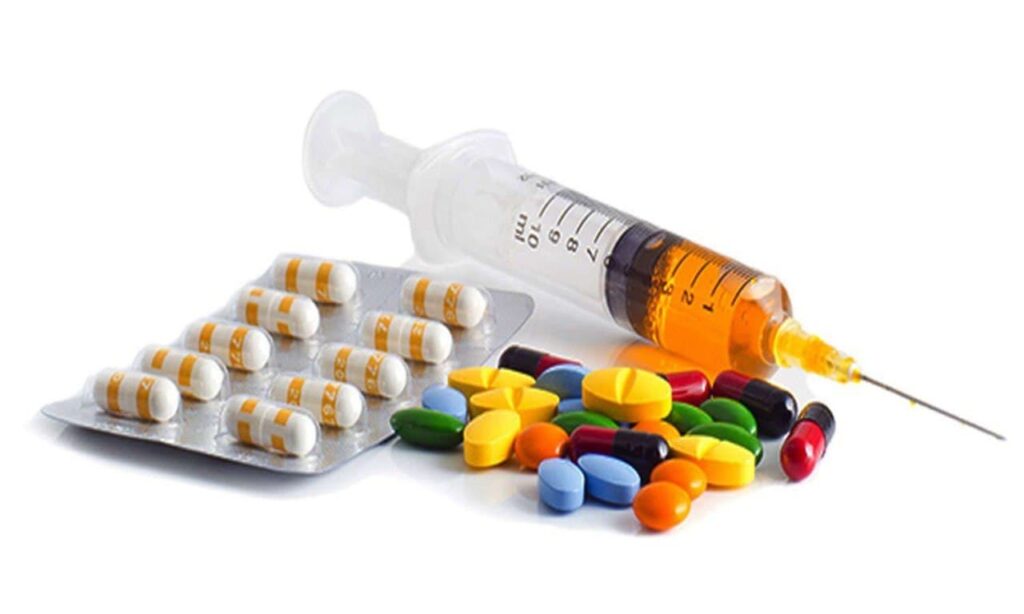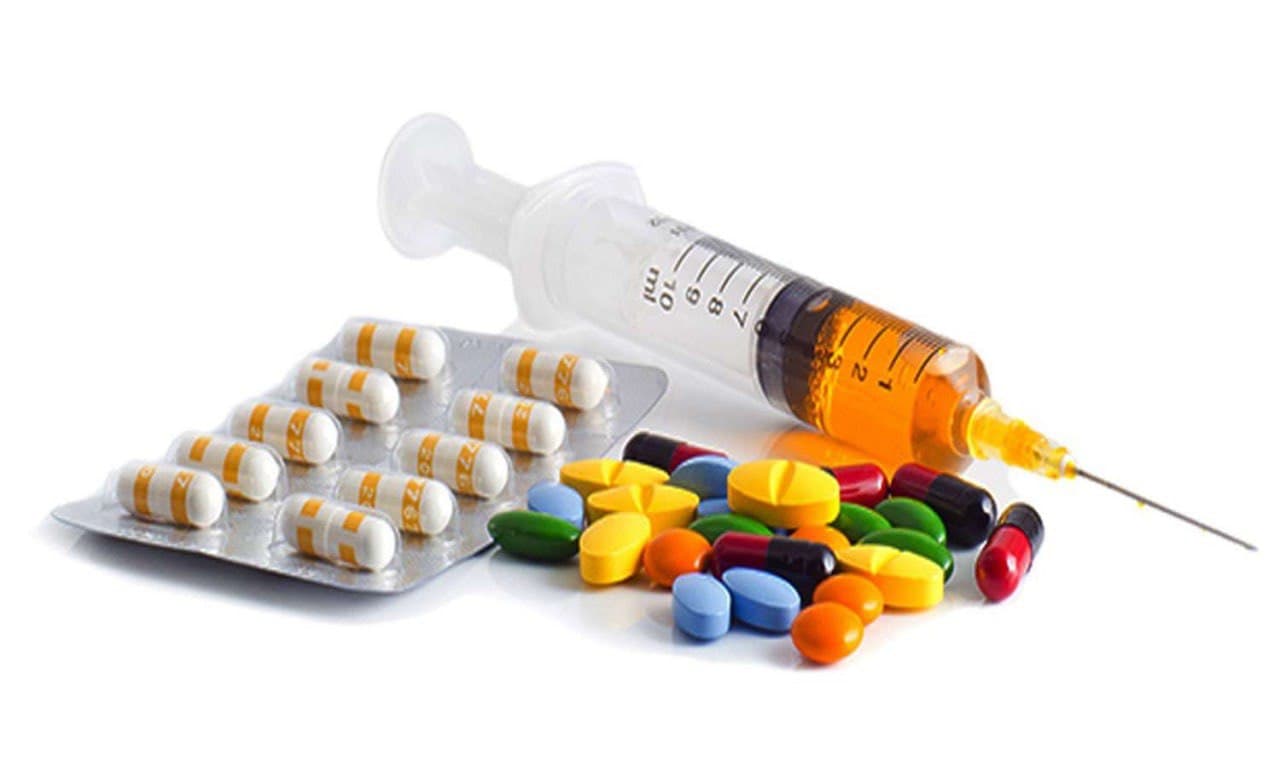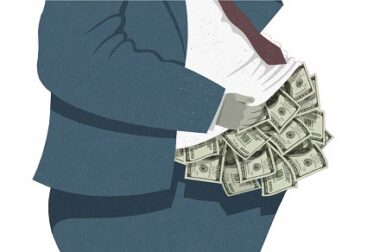Anabolic steroids are primarily used by bodybuilders, actors, athletes, and fitness “buffs” who claim steroids give them a competitive advantage and/or improve their physical performance and appearance. Steroids are purported to increase lean body mass, strength and aggressiveness. Steroids are also believed to reduce recovery time between workouts, which makes it possible to train harder and thereby further improve strength and endurance.
There is increasing concern regarding possible serious health problems that are associated with the abuse of steroids, including both short-term and long-term side effects. The short-term adverse physical effects of anabolic steroid abuse are fairly well known. Short-term side effects may include sexual and reproductive disorders, fluid retention, and severe acne. The short-term side effects in men are reversible with discontinuation of steroid use. Masculinizing effects seen in women, such as deepening of the voice, body and facial hair growth, enlarged clitoris, and baldness are not reversible. The long-term adverse physical effects of anabolic steroid abuse in men and in women, other than masculinizing effects, have not been studied, and as such, are not known. Steroid abuse is associated with increased risk of heart disease and stroke.

An undetermined percentage of steroid abusers may become addicted to the drug, as evidenced by their continuing to take steroids in spite of physical problems, negative effects on social relations, or nervousness and irritability. Steroid users can experience withdrawal symptoms such as mood swings, fatigue, restlessness, and depression. Untreated, some depressive symptoms associated with anabolic steroid withdrawal have been known to persist for a year or more after the abuser stops taking the drugs.
Anabolic androgenic steroids (AAS) have several adverse effects on the cardiovascular system that may lead to a sudden cardiac death (SCD). I herein report a case involving a 24-year-old male, AAS abuser with intramuscular delivery in the 6 months before, who suffered a cardiorespiratory arrest at home’s bathtub when returning from New Year’s party. A forensic autopsy was performed according to the guidelines of the Association for European Cardiovascular Pathology (AECVP). The body showed hypertrophy of skeletal musculature, with low amount of subcutaneous fat and no signs of injury (body mass index, BMI: 26.8 kg/m2). On internal examination, there were multiorgan congestion, acute pulmonary edema, and cardiomegaly (420 g) with severe coronary atherosclerosis and superimposed acute occlusive thrombosis at the left main trunk and left anterior descendant. Areas of scarring were located at the intersection between the posterior wall and the posterior third of the septum (postero-septal). At histology, acute myocardial infarction at the anterior third of the septum and the anterior wall, and subacute myocardial infarction at apical septum and apical posterior wall were detected. Other findings were small intramyocardial vessel disease and myocytes hypertrophy. Chemicotoxicological analysis in blood showed ethanol ((0.90 ± 0.05) g/L), stanazolol (11.31 µg/L), nandrolone (2.05 µg/L) and testosterone (<1.00 µg/L). When confronted with a sudden death in a young athlete we must pay attention to the physical phenotype that may suggest AAS abuse and perform a detailed examination of the heart. Chemicotoxicological analysis is a key to establish the relationship between SCD and AAS abuse.

Dr Saranjeet Singh
Fitness & Sports Medicine Specialist
Lucknow








Great…..valluable information…keep sharing….thank you
Thank you Dr Alka.
Amazing write -up sir…Noteworthy
Fine job Now you’ve figured it out sir.
Thank you vishu.